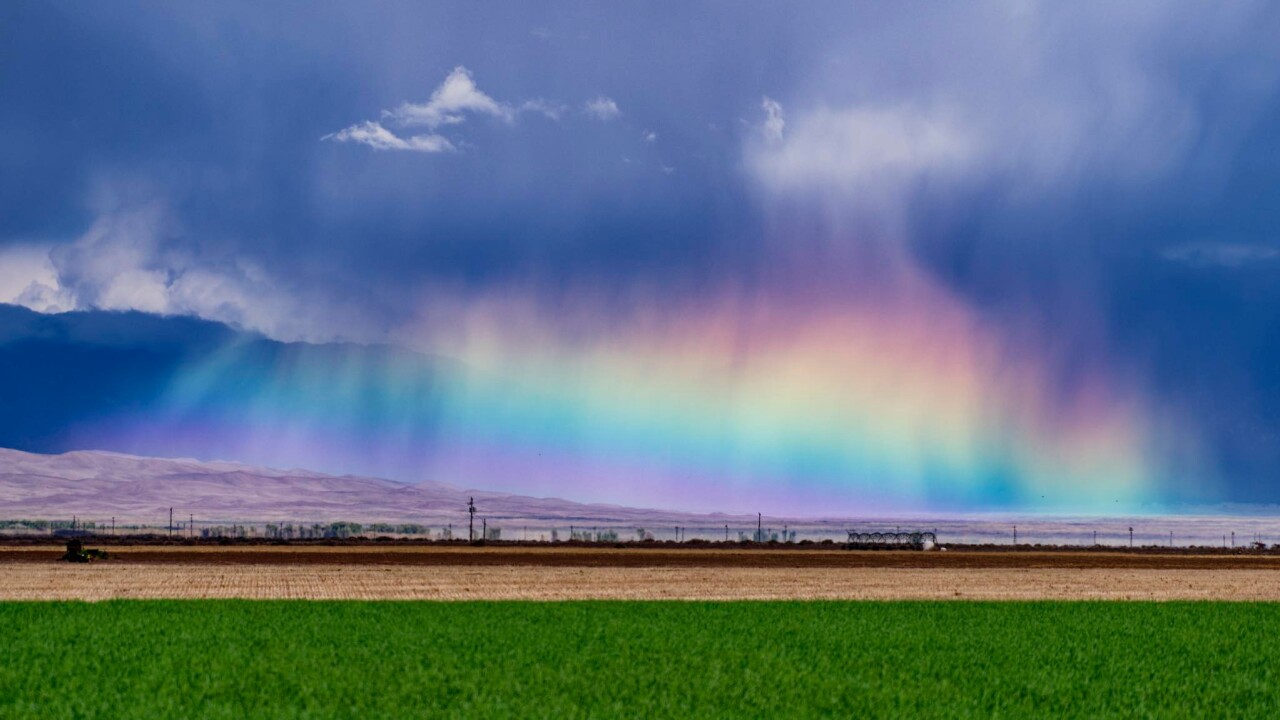DENVER – Over the years, we’ve had bomb cyclones, derechos and polar vortexes. But now, apparently, Coloradans can also experience the awe of “fire rainbows.”
As if weather wasn't already crazy enough in our beautiful Colorful Colorado, Jeremy Daniel, a member of our Discover Colorado | Through your photos Facebook group recently submitted a photo taken in the San Luis Valley as he was traveling through the area.
“When out and about, you notice locals pulling over on the highway to stare at something. You should probably pull over too. It’s likely something worth staring at.……” he wrote in the Jan. 11 post to the group.
And how could you not stare at such magnificent display of beauty?


We’re pretty sure the photos don’t do the weather event justice, and with the Great Sand Dunes as part of the frame-worthy photo? It’s definitely a winner.
So what exactly is a fire rainbow?
“This is actually the sun shining through the clouds at an angle, and it depends on the angle of the sun on what you experience here with this fire rainbow,” said Denver7 meteorologist Stacey Donaldson.
It’s also known as a circumhorizontal arc, a halo, parahelia or sun pillar, she said.
“It’s all basically the same thing, which is the sun shining through ice crystals in a cloud and showing up these colors as it refracts through those ice crystals,” Donaldson said.
It’s not that common to see fire rainbows in Colorado, she added, and we actually experience “sundogs” more often than fire rainbows.
What’s a sundog? It’s another interesting meteorological phenomenon in which the sun refracts through ice crystals at a certain angle, creating a sort of halo around the sun.
Sundogs are also known as mock suns or a parhelion, according to the National Weather Service.
All in all, whether it’s fire rainbows or sundogs, Colorado has had its fair share of crazy weather events, the latest one being cold air damming.






